
Tod Goldberg’s Mob trilogy concludes with ‘Gangsters Don’t Die’
The third novel in a Mob trilogy by author Tod Goldberg was released in September, completing the tale of a…


The third novel in a Mob trilogy by author Tod Goldberg was released in September, completing the tale of a…
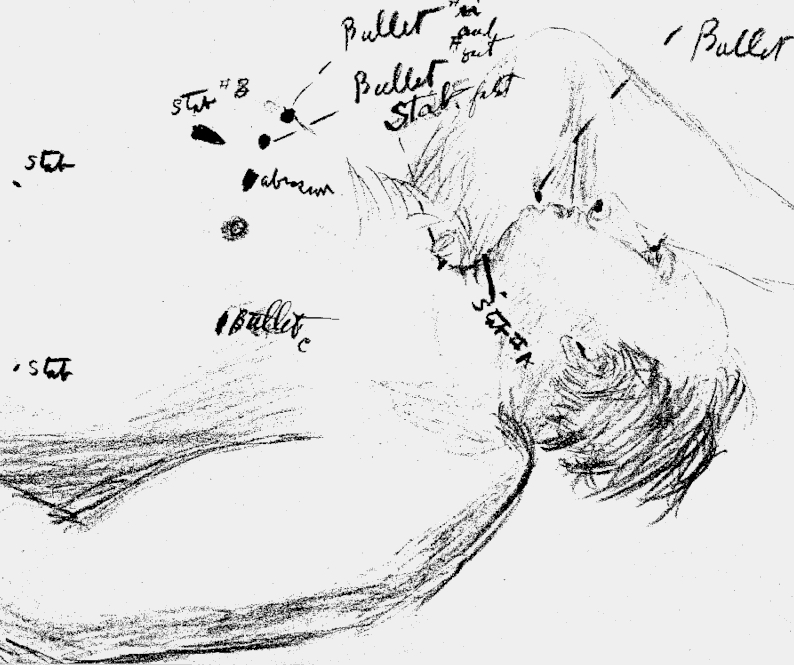
The autocratic reign of self-proclaimed boss of all bosses Salvatore Maranzano came to a bloody end 92 years ago this…
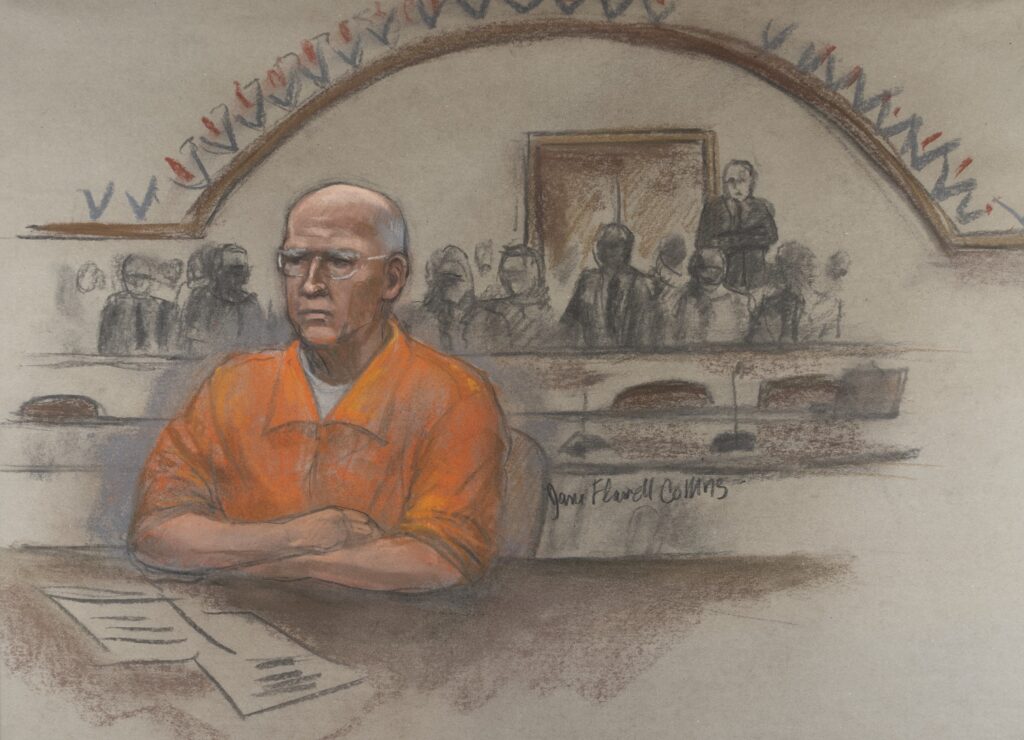
Whitey Bulger is depicted at the defense table during his 2013 trial in this courtroom sketch by Jane Flavell Collins. The Mob Museum Collection
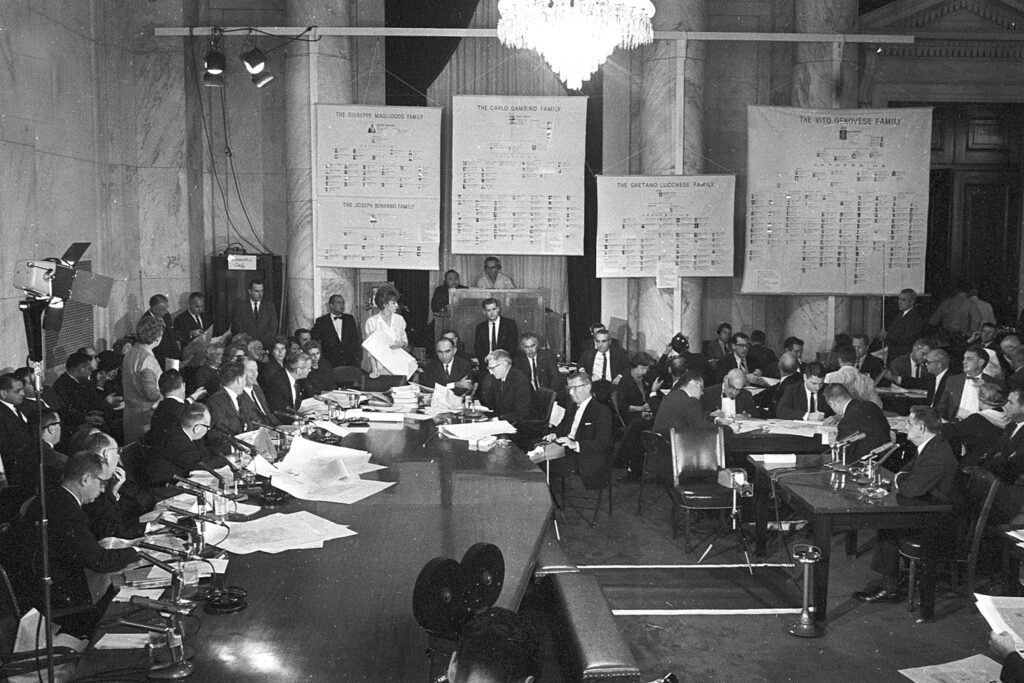
New York mobster Joseph Valachi sits at the witness table, bottom right, facing members of a U.S. Senate investigation subcommittee in Washington, D.C., on October 8, 1963. In the background are four charts of New York crime families with names and pictures of mobsters identified by Valachi. AP Photo
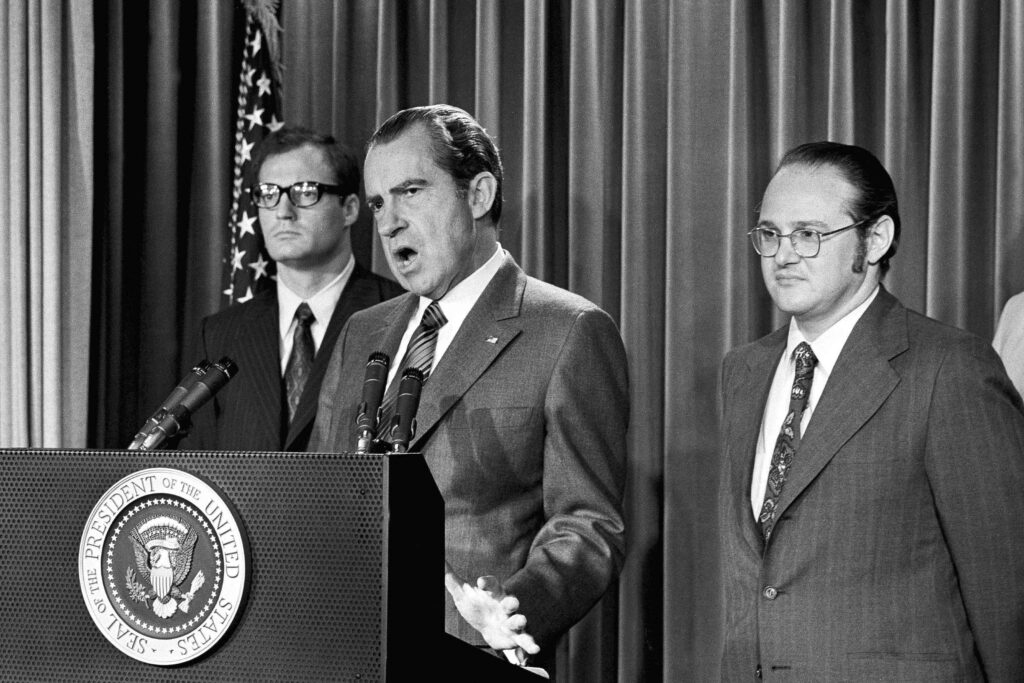
On June 17, 1971, President Richard Nixon explained a special message sent to Congress asking for an extra $155 million for a new program to combat drug abuse. He labeled drug abuse “a national emergency” and said the money would be used to “tighten the noose around the necks of drug peddlers and thereby loosen the noose around the necks of drug users.” Nixon’s efforts eventually led to creation of the Drug Enforcement Administration in 1973. At left is Egil Krogh, deputy director of the Domestic Council. At right is Dr. Jerome Jaffe, recruited by Nixon to lead a new drug strategy. AP Photo/Harvey Georges
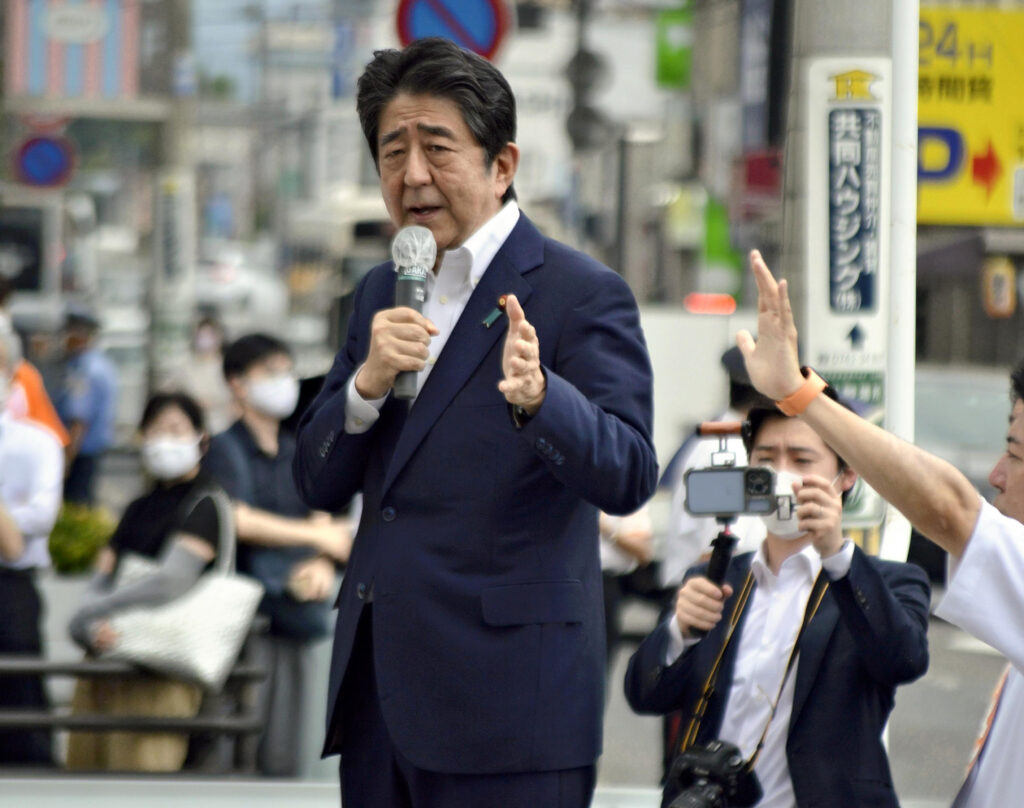
The yakuza, Japan’s premier organized crime group, is becoming more visible in modern pop culture. From HBO’s Tokyo Vice to…
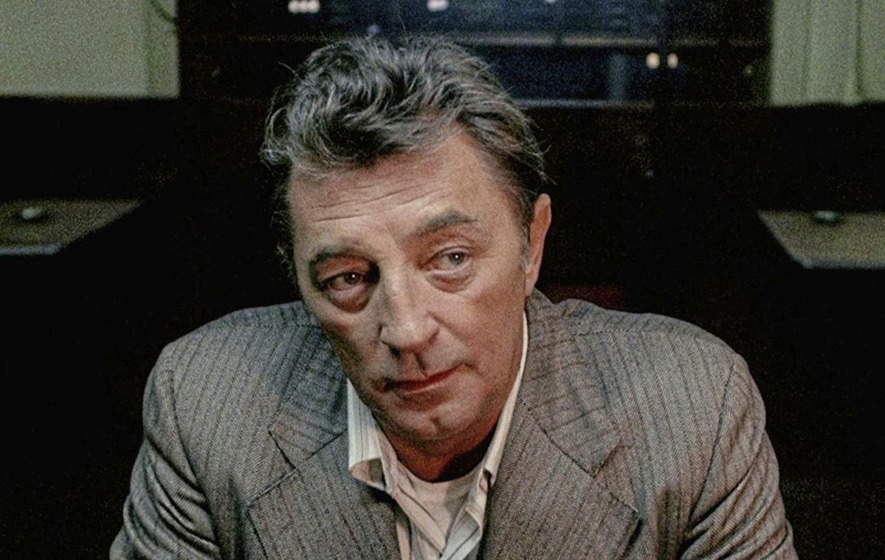
The Boston-based movie The Friends of Eddie Coyle was released 50 years ago, in June 1973, introducing viewers to a…
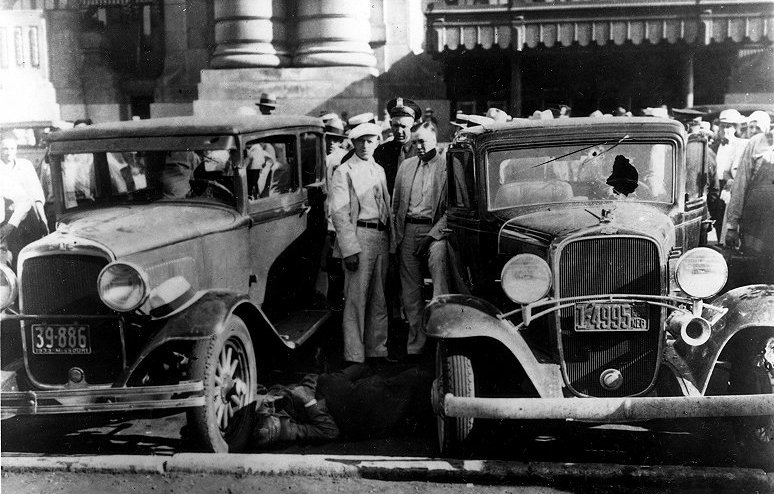
On June 17, 1933, an ambush at Kansas City’s Union Station railroad depot left five men dead and two wounded….
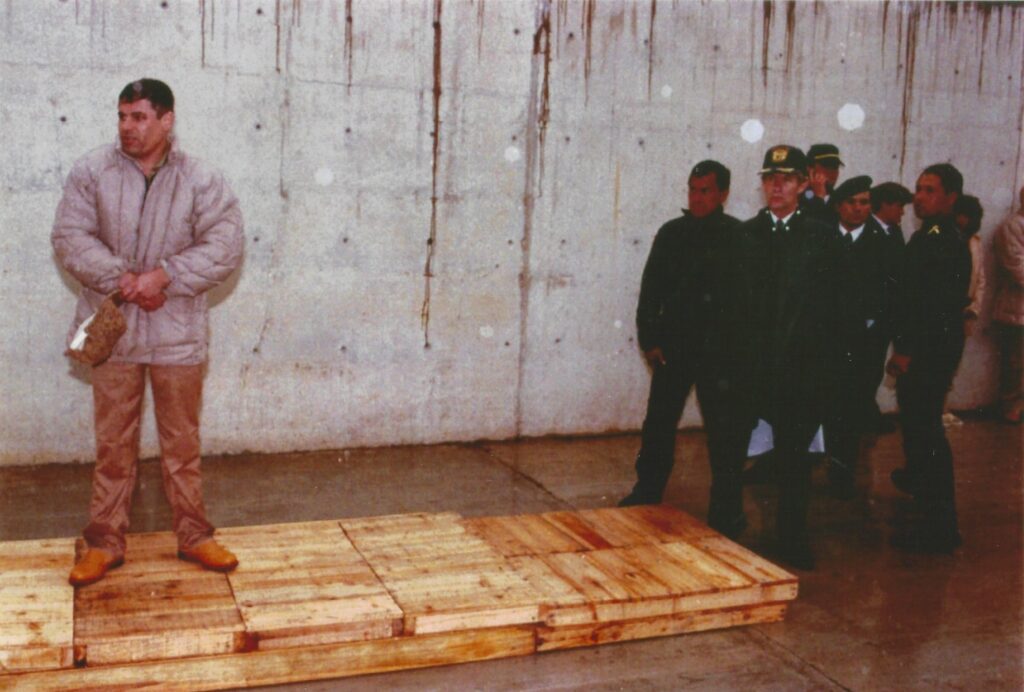
Joaquin Guzman Loera, aka “El Chapo,” is presented to the news media at Altiplano prison in Villa de Almoloya de Juarez on June 10, 1993. Courtesy of Cipollini Collection
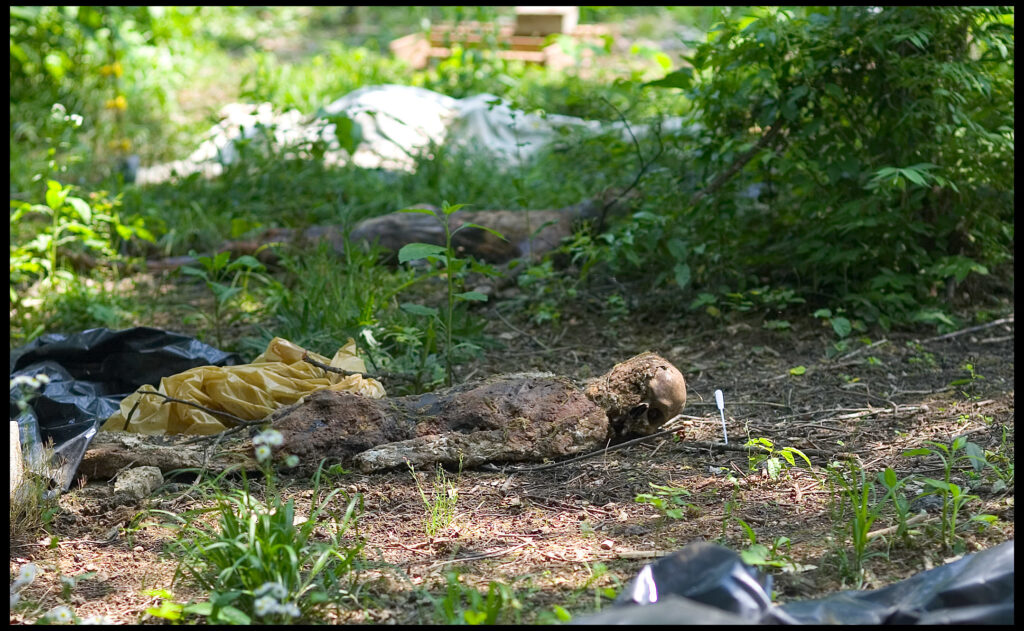
The University of Tennessee’s Forensic Anthropology Center is one of seven taphonomic research facilities, or body farms, in the United States. Remains are laid out for researchers to observe the natural decomposition process. Getty Images